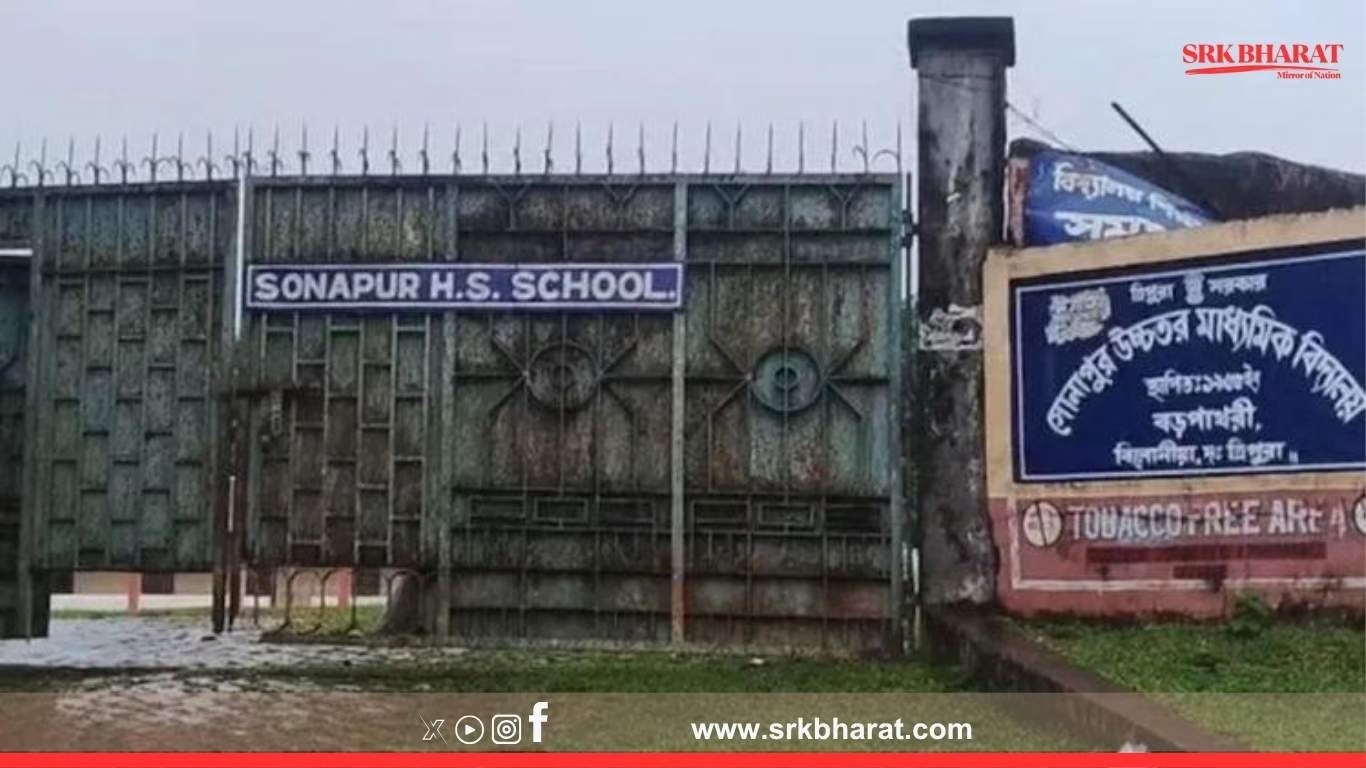In a critical move to expedite road infrastructure recovery in the northeastern state of Tripura, the National Highways & Infrastructure Development Corporation Limited (NHIDCL) has completed a comprehensive assessment of damage to key highways following recent landslides, flooding, and heavy monsoonal degradation. As part of a strategic collaboration, the National Institute of Technology (NIT) Agartala has been assigned the technical task of preparing a robust restoration and stabilization plan to ensure long-term structural resilience of these lifelines.
The joint initiative is part of a broader effort by the Ministry of Road Transport and Highways (MoRTH) to improve connectivity in the landlocked and geostrategically significant region, which shares borders with Bangladesh.
Damage Report Highlights Infrastructure Vulnerability
The NHIDCL-led team, comprising engineers and geo-experts, surveyed multiple vulnerable stretches across National Highway 8 (NH-8), NH-108B, and portions of NH-208. The inspection focused primarily on the Agartala-Sabroom and Teliamura-Amarpur sections, where road collapse, slope failure, pothole formation, and culvert damage were reported.
Preliminary observations from the NHIDCL report include:
- Erosion-induced embankment failure along river-adjacent sections.
- Blocked culverts and insufficient drainage, leading to waterlogging and surface cracking.
- Slope instability and landslides, especially in hilly terrain of Gomati and Dhalai districts.
- Pavement depression caused by heavy freight vehicular movement and inadequate subgrade support.
The NHIDCL has termed the situation as “moderately critical” but “technically recoverable,” provided restoration efforts begin swiftly and are backed by scientific engineering interventions.
Role of NIT Agartala: Academia Meets Infrastructure
To ensure technical excellence in the upcoming repair works, NHIDCL has officially roped in NIT Agartala’s Civil Engineering Department to carry out:
- Geotechnical surveys to analyze subsoil composition
- Hydrological studies to redesign culverts and drains
- Recommendations for slope reinforcement techniques
- Design of long-term pavement management system
- Application of green engineering for landslide mitigation
Dr. Pankaj Deb, Head of Civil Engineering at NIT Agartala, confirmed that their team will deliver a detailed project report (DPR) within six weeks, which will then be forwarded to NHIDCL for tendering and execution.
Damage Assessment: Key National Highway Stretches in Tripura
| Highway Name | Affected Stretch | Nature of Damage | Estimated Restoration Cost (INR) |
|---|---|---|---|
| NH-8 | Teliamura to Amarpur | Landslides, slope erosion, culvert block | ₹18 crore |
| NH-108B | Bishramganj to Sonamura | Pavement cracking, waterlogging | ₹6 crore |
| NH-208 | Ambassa to Gandacherra | Shoulder wear, embankment failures | ₹9 crore |
| NH-8 | Agartala to Sabroom | Subsurface failure, potholes | ₹12 crore |
The restoration process is expected to be phased, with emergency repairs commencing by late August 2025, followed by full-scale re-engineering works from October after monsoon subsides.
Strategic Significance of NH Connectivity in Tripura
Tripura’s highway network serves as a vital economic and strategic link, not just for domestic movement but also for international trade and border management. NH-8 is the primary arterial route connecting the state capital Agartala to Churaibari in the north and Sabroom in the south, which houses the Integrated Check Post (ICP) and the India-Bangladesh Maitri Bridge over the Feni River.
Improved roads in this sector are essential for:
- Facilitating movement of goods to and from Bangladesh ports
- Enhancing security and troop movement in border areas
- Improving access to remote tribal regions in southern and eastern Tripura
- Boosting tourism in destinations like Unakoti, Jampui Hills, and Neermahal
The damaged highways, therefore, pose both logistical and economic challenges that require immediate attention.
NHIDCL-NIT Agartala Synergy: A Pilot for Future Projects?
This collaboration is also seen as a pilot for future “Academia-Government partnerships” in infrastructure development. NHIDCL Managing Director Chanchal Kumar, in a recent internal communication, noted that academic institutions bring deep domain knowledge and neutrality, which can lead to more sustainable and cost-effective solutions compared to conventional contractor-led feasibility studies.
It is expected that NIT Agartala may be empaneled for additional technical consultancy roles in future highway projects in Mizoram, Manipur, and Nagaland, depending on the success of this current Tripura mission.
Timeline of Restoration Process
| Phase | Activity | Timeline |
|---|---|---|
| Phase 1 | Damage Survey and Technical Assessment | July 20 – August 5, 2025 |
| Phase 2 | DPR Preparation by NIT Agartala | August 6 – September 15 |
| Phase 3 | Tendering and Contractor Finalization | September 16 – October 1 |
| Phase 4 (Emergency) | Pothole repair, culvert unblocking | August 10 – September 5 |
| Phase 5 (Main Work) | Full reengineering post-monsoon | October 10 onward |
Stakeholder Reactions
Tripura PWD Minister Santana Chakma, in a recent review meeting, praised the NHIDCL’s fast-track initiative and called on district collectors to provide all logistical support for survey teams. Meanwhile, several local MPs have urged the Centre to release special funds under the Northeast Infrastructure Development Scheme (NEIDS).
Local transporters and small business owners have expressed relief at the upcoming repairs, as prolonged travel disruptions had impacted supply chains, particularly for perishable items like rubber, pineapples, and bamboo-based products—key commodities from Tripura.
Conclusion: A Roadmap to Resilient Highways
Tripura’s challenging topography and intense monsoons make its road network highly susceptible to damage. The current scenario highlights the urgent need for climate-resilient infrastructure, built on sound geotechnical data and long-term sustainability metrics. NHIDCL’s partnership with NIT Agartala could emerge as a model for evidence-based engineering in India’s infrastructure evolution.
As Tripura looks ahead, robust, scientifically designed highways will not only support domestic connectivity but also place the state firmly on the global trade and logistics map through regional integration with Bangladesh and Southeast Asia.
Disclaimer:
The above report is based on official communications and local administrative briefings. Estimated costs and timelines are indicative and may be revised after detailed surveys. The content aims to provide insights into ongoing public infrastructure developments and is not meant to serve as a legal or investment advisory.











